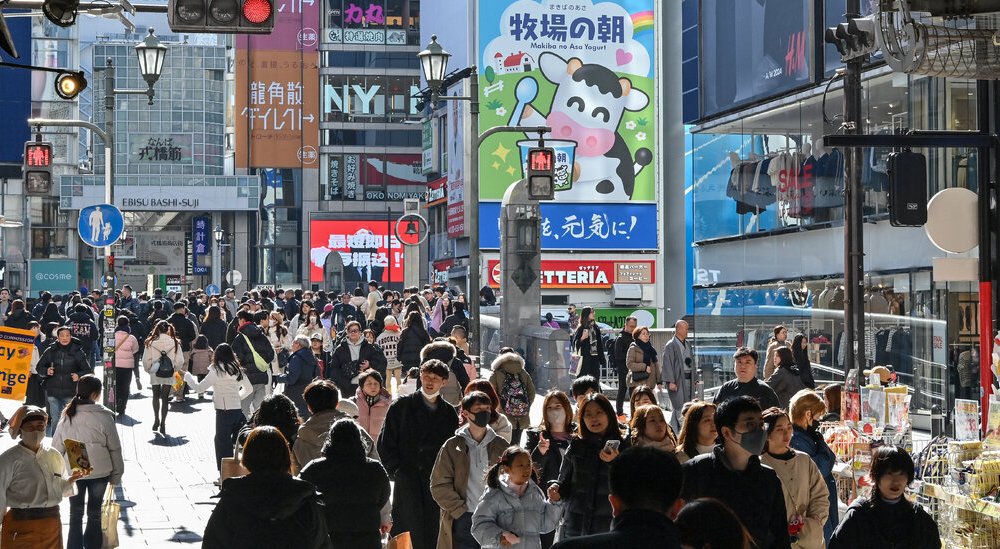The cycle appears to be kicking into gear. As of last month, inflation in Japan has remained above the Bank of Japan’s 2 percent target for 33 consecutive months, with core consumer prices rising 3 percent in December. Base pay in recent months has accelerated to a new post-1990s high. During last year’s spring labor negotiations, known as shunto, Japan’s largest business group agreed to the biggest wage increases since 1991.
With elevated prices spreading beyond imports to domestic industries such as services, “inflation is, at last, embedding itself into the economy,” Société Générale wrote in a recent report. “In a little over two years, Japan appears to have put three decades of deflation decisively behind it,” the French bank declared.
Still, a big remaining concern is whether reflating Japan’s economy will be able to help shake the country out of its prolonged period of feeble economic growth. Japan’s population is declining, productivity is lagging and it remains unclear whether wages are increasing enough to prop up spending as households face higher prices.
Because inflation has outpaced wage growth for much of the past three years, spending in Japan has remained relatively weak. Private consumption — which makes up most of Japan’s gross domestic product — picked up in recent quarters, but this was after a prolonged slump that stretched across the previous four quarters.
The International Monetary Fund estimated in a report this month that Japan’s economy shrank by 0.2 percent in 2024. It forecast 1.1 percent growth for the country this year — a figure in line with its prediction of 1 percent growth for Europe, but well below its expectation of a 2.7 percent increase in the United States.














































